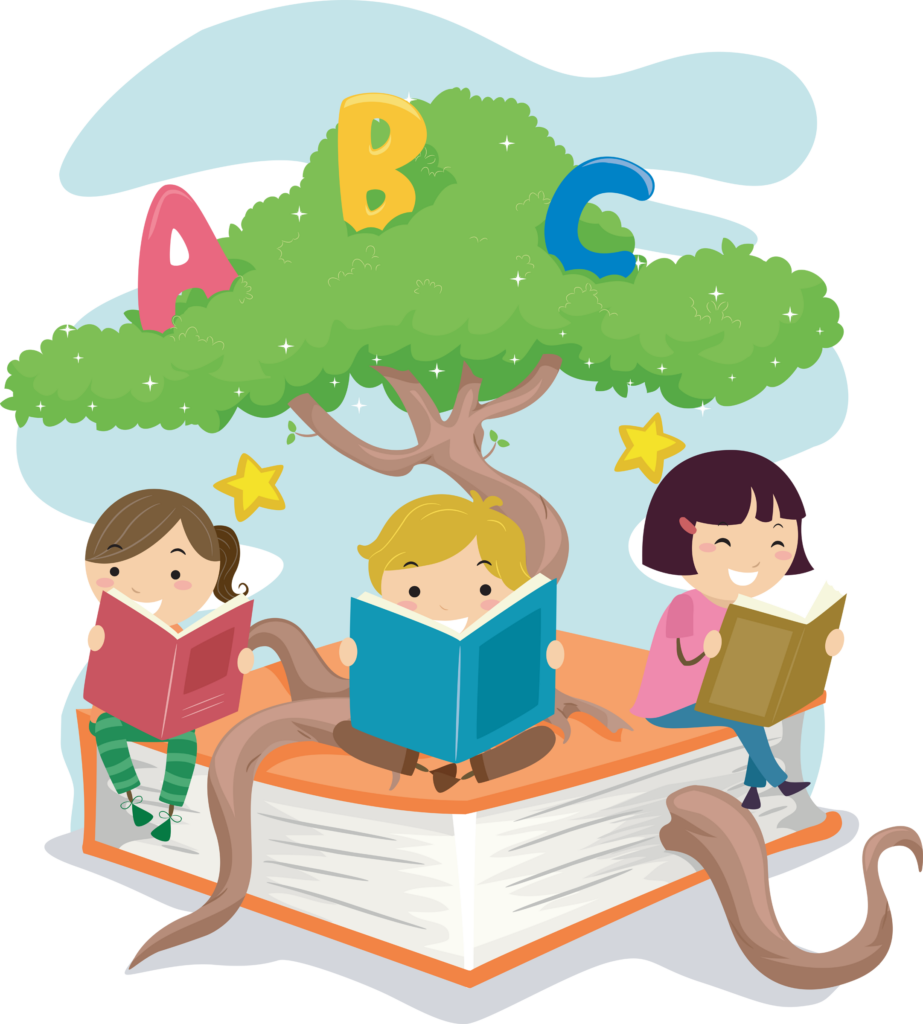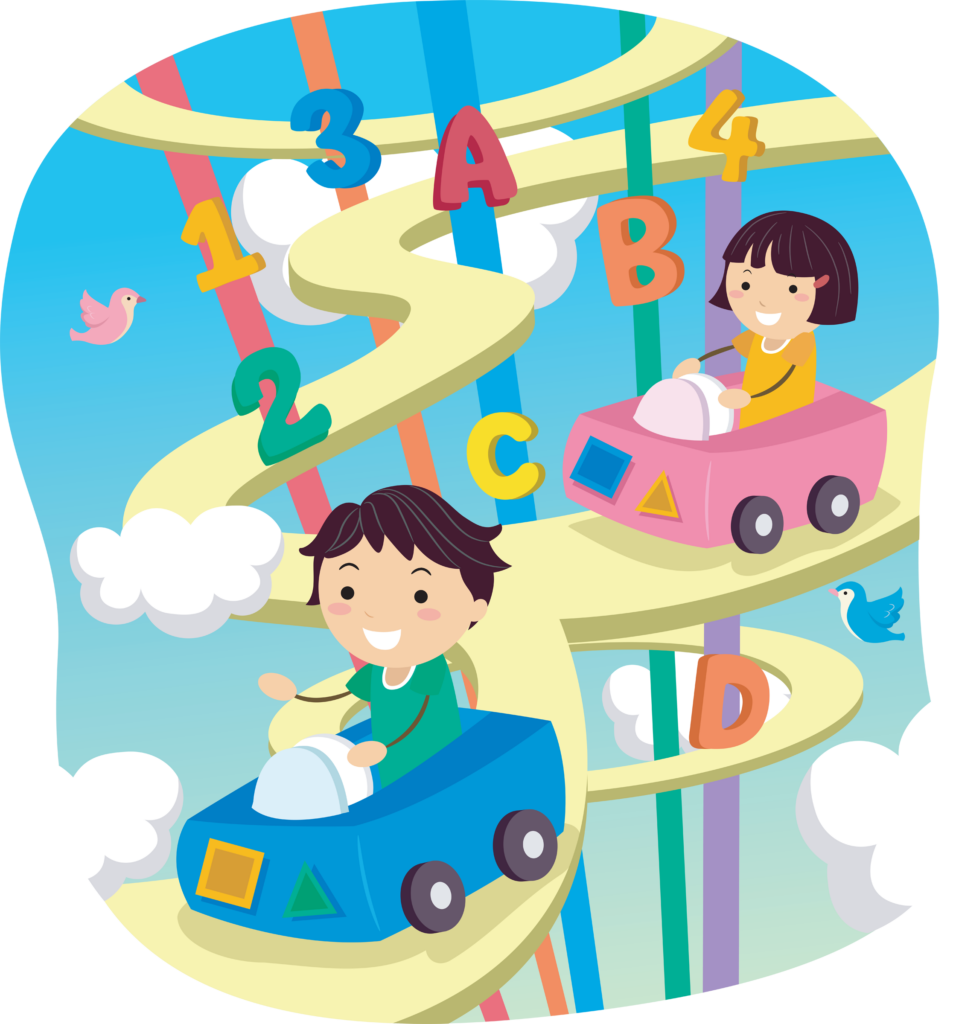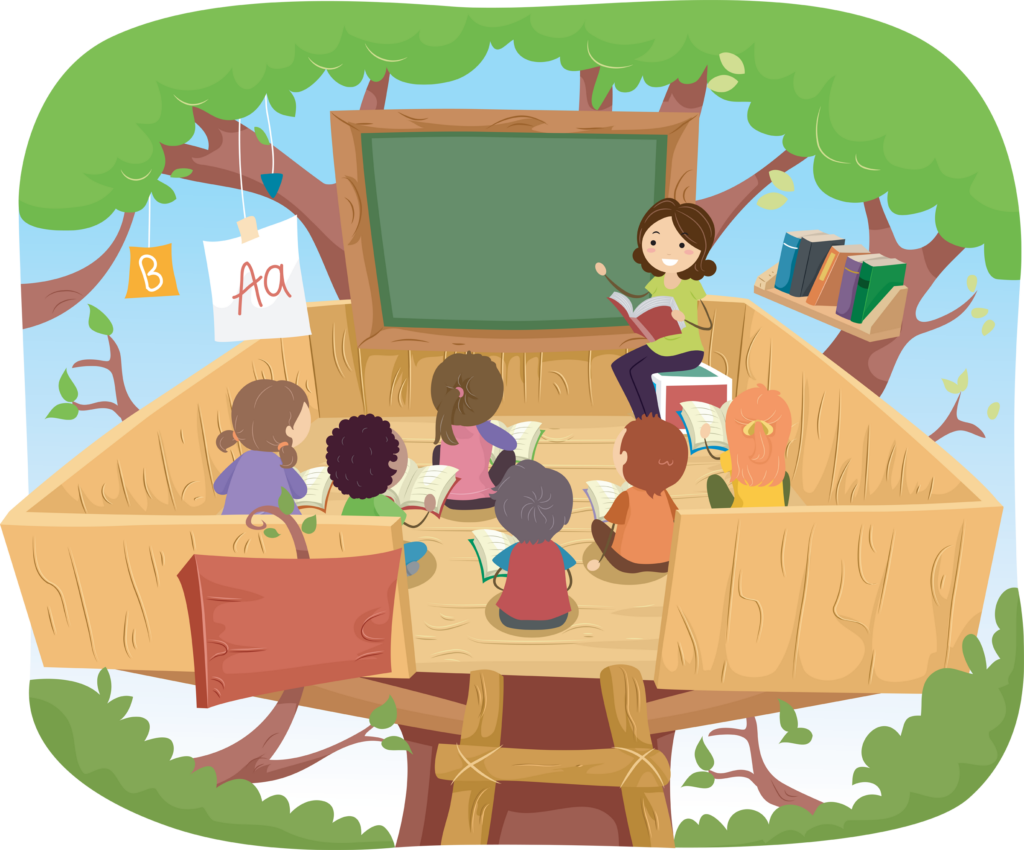
Becoming your child’s educator can be a journey filled with rewards and challenges alike. Tailoring education to your child’s needs is a major advantage of homeschooling, and this customization is particularly significant for first graders. Nevertheless, the process of designing and carrying out a homeschooling plan can be daunting for beginners. That’s where this article comes in. It will smoothly guide you through effective strategies, key learning materials, and the benefits homeschooling brings to your child’s early educational development.
Best Practices for First-Grade Homeschooling

- Set Clear Goals: Before starting, identify what your child should achieve by the end of the academic year. Goals might include reading at a certain level, understanding basic math concepts, or becoming proficient in specific social skills.
- Establish a Routine: While homeschooling offers flexibility, children thrive on structure. A consistent schedule helps kids know what to expect and reduces resistance to learning activities.
- Incorporate Hands-On Learning: First graders learn best by doing. Include plenty of opportunities for hands-on exploration, such as science experiments, art projects, or nature walks.
- Make Reading a Priority: Early literacy is fundamental to future academic success. Include reading in your daily routine, both through instruction and free reading time.
- Promote Social Interaction: Plan playdates, join local homeschooling groups, or enroll your child in community activities to foster social skills.
Benefits of Homeschooling First Graders

Homeschooling at this age offers a variety of advantages:
- Individualized Attention: One-on-one instruction allows the curriculum to be adapted to your child’s needs, enabling them to learn at their own pace and focus on their interests.
- Flexible Learning Environment: In homeschooling, learning can take place anywhere, anytime. This freedom encourages curiosity and a love of learning, with the world becoming a classroom.
- Strong Family Bonds: Homeschooling provides ample opportunities for quality time, leading to deeper family connections.
- Development of Self-Discipline: With guidance, homeschooled children often develop strong self-discipline and time management skills, as they learn to take responsibility for their education.
- Fewer Distractions: A home environment can be more conducive to learning, as it has fewer distractions compared to traditional classrooms.
A Sample First-Grade Home School Lesson Plan

One of the key aspects of homeschooling is the planning of lessons. Here’s a sample lesson plan that includes five days of assignments, highlighting a diverse range of subjects. Remember, this is a guide – the beauty of homeschooling lies in its flexibility to adapt to your child’s needs and interests.
Monday:
English Language Arts (ELA): Start with phonics lessons using your phonics books or resources, focusing on a new sound. Use the rest of the morning to practice reading aloud from an early reader book, emphasizing the sound of the day.
Math: Introduce addition within 10 using counting cubes or other math manipulatives.
Art: Use colored pencils to create self-portraits, helping the child focus on details.
Tuesday:
ELA: Revisit the sound from Monday and introduce a new one. Practice writing the sounds, and then read together, emphasizing both sounds.
Math: Practice the addition learned on Monday, this time using number lines.
Science: Start a nature journal. Go on a nature walk and document any interesting plants or animals you find.
Wednesday:
ELA: Practice writing simple sentences using words that incorporate the sounds learned on Monday and Tuesday.
Math: Introduce subtraction within 10 using counting cubes or other manipulatives.
Art: Craft time! Use construction paper to create paper collages.
Thursday:
ELA: Continue practicing sentences. Introduce a new sound and read aloud from a book, focusing on that sound.
Math: Practice subtraction learned on Wednesday, using number lines.
Science: Use a science kit to conduct a simple experiment. Document the process and results in the nature journal.
Friday:
ELA: End the week by reading a storybook aloud. Encourage your child to spot the words using the sounds learned during the week.
Math: Review addition and subtraction concepts through a math game.
Social Studies: Learn about community helpers. Identify people in your neighborhood who help others and discuss what they do.
This lesson plan covers a variety of subjects in a week, providing a balanced educational experience. The emphasis should always be on learning being fun and interesting. Remember, your child is not required to master everything immediately; repetition, practice, and patience are key to homeschooling success. By using such lesson plans, parents can guide their children towards a love of learning, making homeschooling a fulfilling experience for all.

In conclusion, while first-grade homeschooling might seem daunting initially, it can be a rewarding experience for both parent and child. By adhering to best practices, preparing necessary materials, and recognizing the inherent benefits of homeschooling, parents can cultivate a rich, individualized learning experience for their first graders. As you embark on this journey, remember that the goal is not just academic success, but also to instill a lifelong love of learning.




